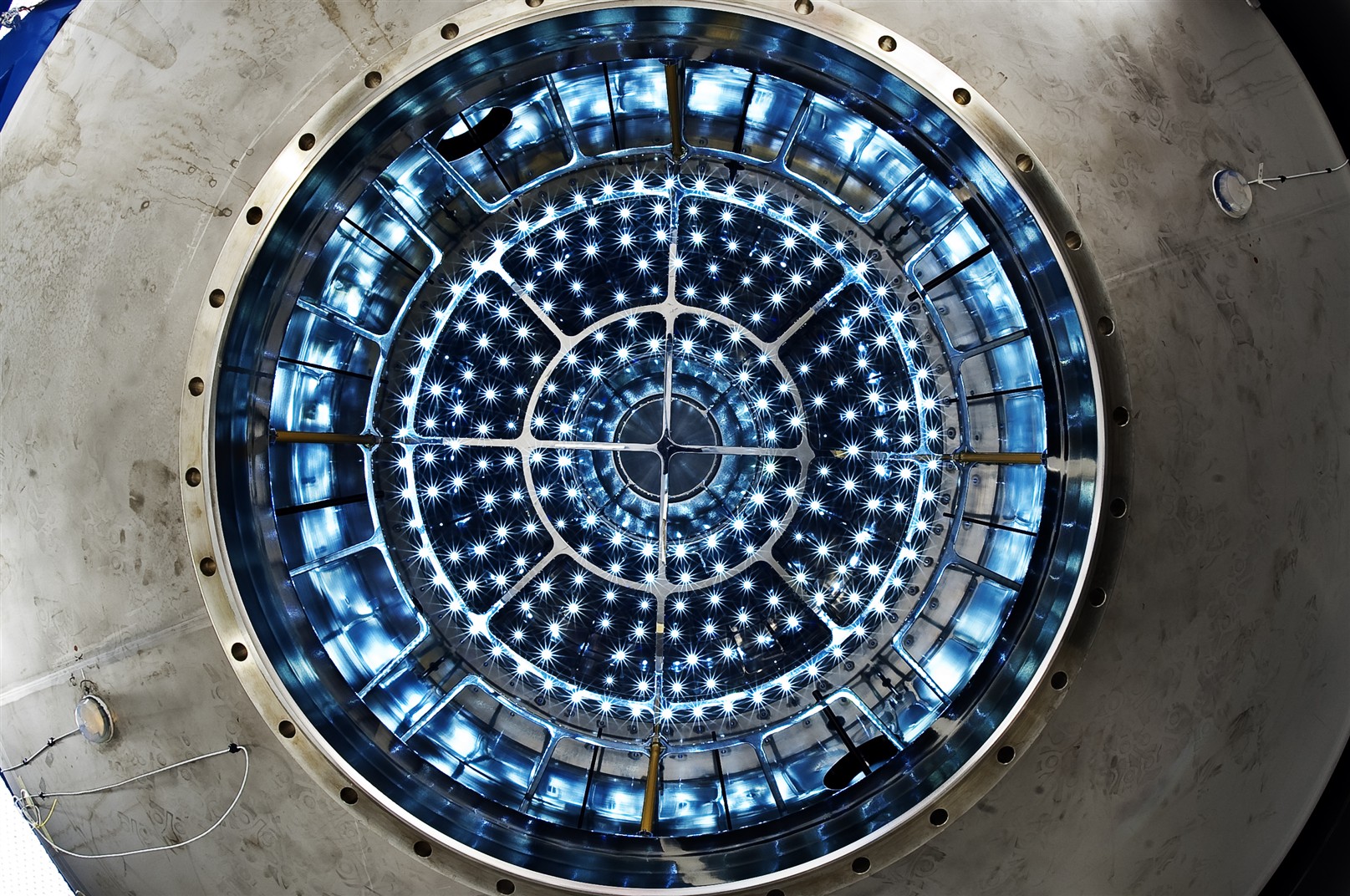Emerging Photonic Principles and Negative Effective Mass: Exploring New Physics in the Tradition of Grothendieck.
A novel symmetry framework.
by P. De Ceuster — Posted in Publications on September 07, 2025
TAG: #Publications
Latest edit: 07/09/25
We provide a deep, exploration of supersymmetry-inspired methodologies in photonics. We concentrate on conceptual frameworks, experiment design, and interpretive strategies that make SUSY useful in optical settings. In modern photonic experiments, SUSY is deployed as a constructive tool: starting from a known system, designers engineer a partner system that shares spectral properties but differs in spatial mode structure. The aim is to exploit this relationship to shape light transport in novel ways.
There are several research programs that use SUSY principles. First, device synthesis — given a target spectral feature, construct SUSY partners to localize or delocalize modes on demand. Second, robustness engineering — use SUSY pairing to design devices where manufacturing variability in one partner can be corrected by adaptive operations in the other. Third, sensing and signal processing — implement differential measurement schemes that compare responses of SUSY partners to extract weak perturbations with enhanced sensitivity.
From an organizational standpoint, SUSY provides a taxonomy for photonic devices: classify devices into SUSY-classes where members share spectral fingerprints. This classification facilitates the reuse of design blueprints and accelerates prototyping. For experimentalists entering the SUSY paradigm, we recommend an iterative workflow: fabricate an initial device, measure its spectral and modal properties, algorithmically construct a SUSY partner using established inversion protocols (see repository on CERN server), fabricate, and then carry out comparative diagnostics.
There is philosophical resonance within Grothendieckian thought: SUSY in photonics becomes a method of relating seemingly distinct objects via deep structural correspondences. In practice, this encourages cross-disciplinary collaboration between spectroscopists, fabrication engineers, and category-theorists who can together interpret SUSY pairings as morphisms in a meta-category of photonic architectures. Detailed mathematical recipes are maintained on the CERN server for researchers who require the formal derivations.
The most reliable platforms for SUSY demonstrations (silicon photonics and high-Q resonator arrays), lead to essential diagnostics to collect (complex S-parameters, near-field mode maps, disorder statistics), and scaling considerations when extending SUSY pairings from bench-top demonstrators to integrated photonic circuits.
Peter De Ceuster (2026). Emerging Photonic Principles and Negative Effective Mass: Exploring New Physics in the Tradition of Grothendieck.
Excerpt from: Emerging Photonic Principles and Negative Effective Mass: Exploring New Physics in the Tradition of Grothendieck. by P. De Ceuster
© All rights reserved. Do not distribute. (Publication: Emerging Photonic Principles and Negative Effective Mass: Exploring New Physics in the Tradition of Grothendieck.)
